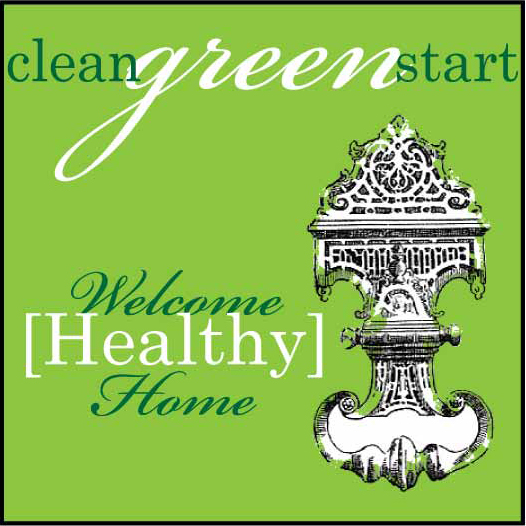[This is the second post in a series. Check out the introduction post on cleansing diets here.]
 Now let’s take a look at some specific cleanses. These are all cleanses I have tried, or a close family member has tried, so what I share is just my personal opinion and experience, is not medical advice, and should in no way replace the recommendation of your trusted physician.
Now let’s take a look at some specific cleanses. These are all cleanses I have tried, or a close family member has tried, so what I share is just my personal opinion and experience, is not medical advice, and should in no way replace the recommendation of your trusted physician.
Vegetable and/or Fruit only Cleanses, including:
- Vegetable juicing: using a juicing appliance to extract the juice from vegetables and fruits. A great deal of vegetable nutrients can be consumed in a small amount of juice, however the tendency to use sweet veggies and fruits (i.e. carrots and apples) can cause blood sugar spikes and crashes and exacerbate candida overgrowth.
- Raw Vegetables: mainly a raw vegetable cleanse, can include raw juices. Some people eat “raw” as a lifestyle, and often include nuts and raw dairy, which are often avoided for a cleanse. The idea is to benefit from the live enzymes in the raw veggies, which help to break them down. However, raw vegetables can still be difficult to digest in persons without sufficient supply of enzymes for breaking down fiber and other plant carbohydrates.
- Vegetable soup cleanses: another variation on vegetable cleanses. More vegetables can be consumed than in a raw cleanse, but enzymes are destroyed in cooking. More fiber than a juice cleanse.
- Grape cleanse: when only grapes and water are eaten. The high sugar content may exacerbate candida or other fungal overgrowth.
- Seneca Indian 4 day cleanse: a combination of all the above: day 1 raw fruit only but no bananas, day 2 herbal teas with maple syrup only, day 3 vegetables of all kinds: juice, raw or in soup, day 4 rich vegetable broth only.
Unless you are using organic vegetables, you can forget it as a detox. Other than the detox properties of the cleanse (with organic only), vegetable cleanses seem to focus cleansing on the colon. Since this organ stores and then moves waste out of the body, it would seem a logical organ needing a periodic cleaning. A few days to a week has been more than sufficient in my experience, however every body is different. Note that “cleaning out the colon” does not mean that flora imbalances are corrected: if you have overgrowth of Candida (fungal) or harmful bacteria, this kind of cleanse will not correct that (you will likely need a combination of herbal and/or pharmaceutical medicines and probiotic supplements supervised by a doctor, with follow-up testing to confirm efficacy). Vegetable cleanses are excellent for breaking food cravings.
Cleansing and/or detoxing while pregnant and breastfeeding is not recommended, since toxins will be mobilized and could harm a baby in the womb or at the breast. This can be very frustrating for women in the middle of childbearing years, especially when they plan to nurse beyond a year with each baby, and find breastfeeding and pregnancies come back to back. I have been told by a Midwife whom I trust that the only “cleansing diet” she recommends to her moms is a raw vegetable/salads with lemon diet for one week while nursing (not pregnant). However, this should only be done after the milk supply is well established (perhaps after 6 mo. postpartum of full-time nursing). I did try this with my first baby, but had a hard time feeling satiated/getting enough calories, so I gave it up after 2 days.
There is no doubt: vegetables are good for us. However, I do not advocate vegan or vegetarian diets as healthy: they just haven’t held up to science or to my own experience. And don’t think that only vegetables help us detox; meat protein contains many amino acids not found in veggies . . . amino acids which detox certain kinds of chemicals accumulated or manufactured in our bodies. So (as I state in the intro post on this topic) the best cleanse is a long-term clean balanced diet.
Your body is detoxing every single day, whether you are on a special diet or not! Another way to approach the long-term detox lifestyle is to purposefully include more of the detox powerhouses into your diet:
Foods that enhance liver detox:
- asparagus
- grapefruit
- artichokes
- all dark leafy greens: kale, spinach, romaine, chard
- onions
- garlic
- olive oil
Foods that enhance kidney detox:
- cranberry
- lemon
- water, water, water (only purified)
- cucumber
While systematically removing detox blockers from your everyday diet:
- any kind of heated vegetable oil, such as found in fried chips, baked chips, french fries, box cookies
- refined sugar
- conventional dairy
Up next: some fasts and more specific cleanses.









